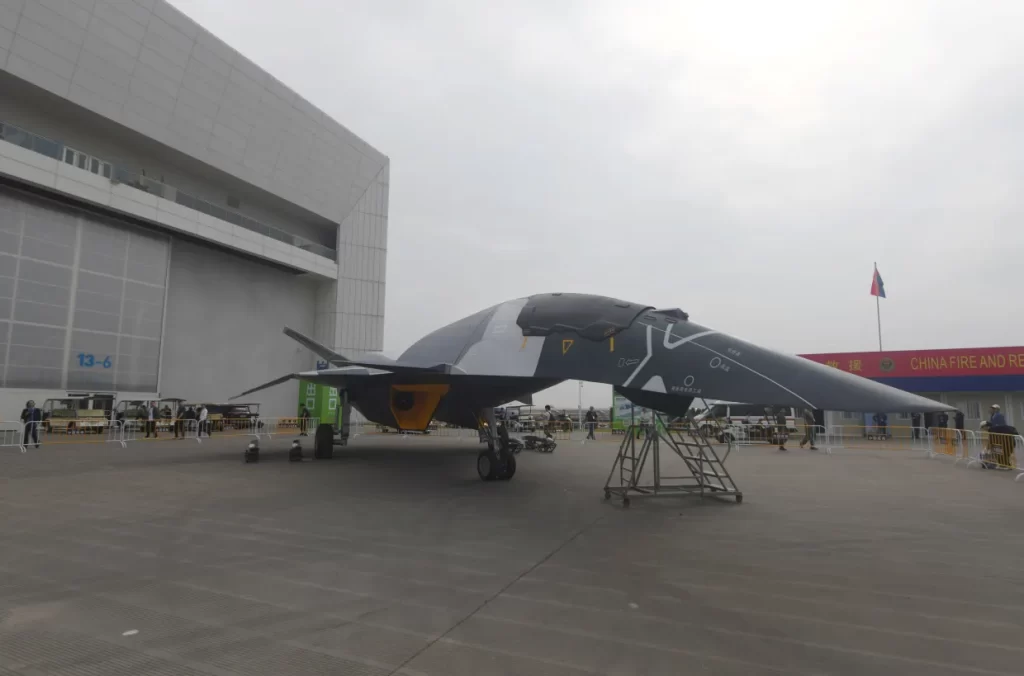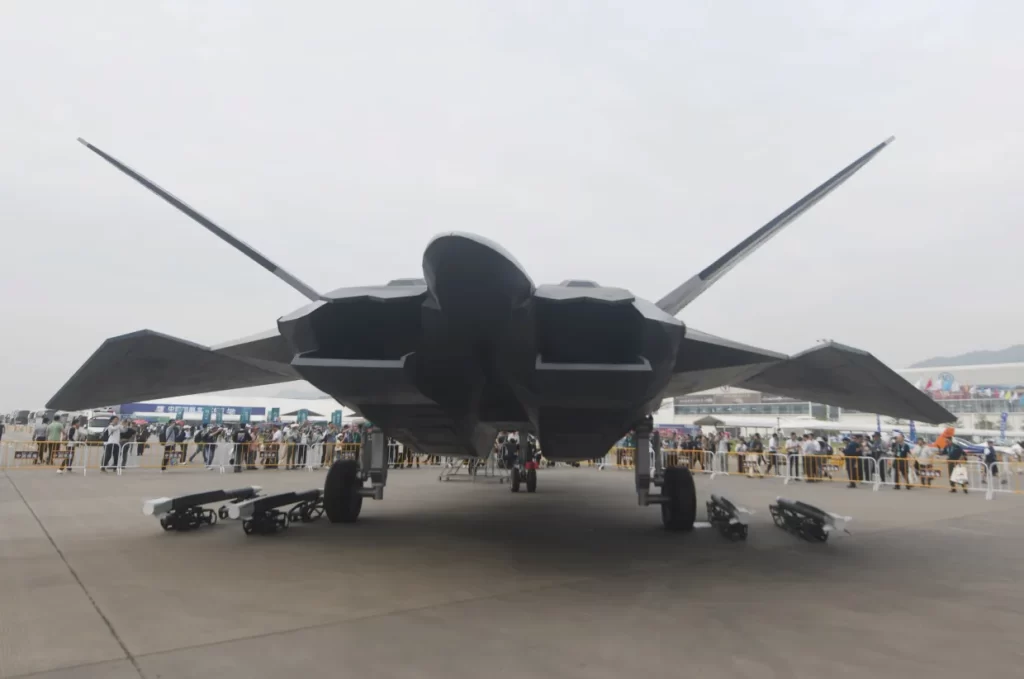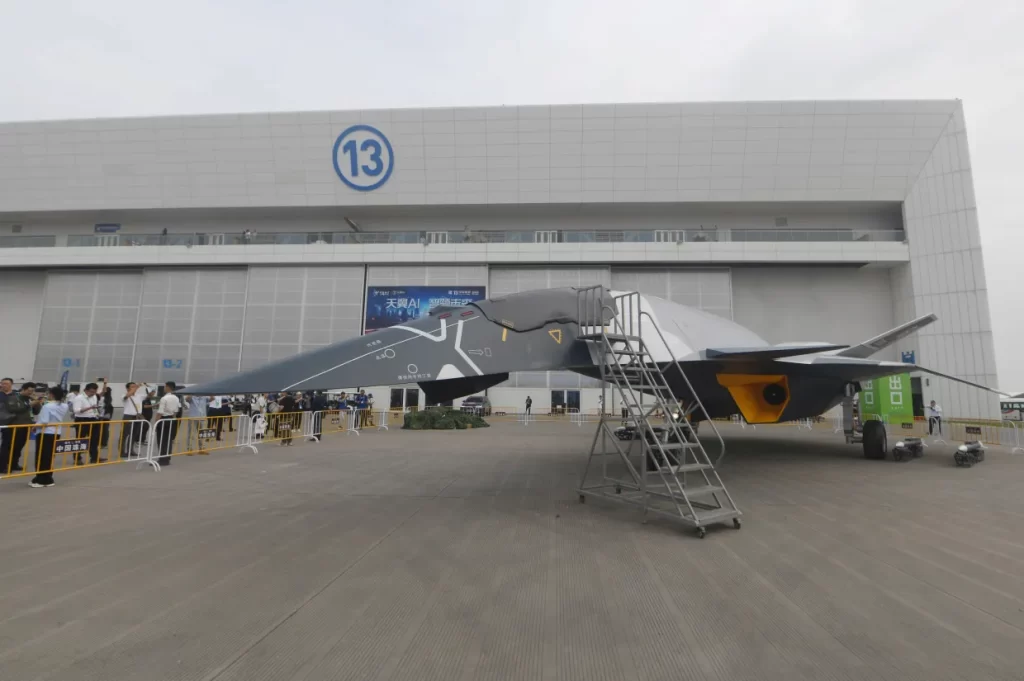China has unveiled two advanced military aircraft, including a mysterious supersonic “White Emperor” fighter capable of operating in near-space altitudes and a new J-35 jet bearing striking similarities to the American F-35, marking significant developments in Beijing’s aerospace capabilities.

The “Baidi” (White Emperor) aircraft, revealed as part of China’s Project Nantianmen research initiative, is designed to operate at altitudes up to 25,000 meters and represents China’s entry into sixth-generation fighter development. The integrated space-air fighter showcases Beijing’s ambitions to compete with the U.S. Air Force’s Next-Generation Air Dominance (NGAD) program.
Separately, at an air show in the southern city of Zhuhai, China displayed its J-35 fighter jet, prompting discussions about possible design similarities with the American F-35. The Chinese jet, manufactured by Shenyang Aircraft Corporation, demonstrated advanced maneuverability with vertical and inverted flight capabilities.

Military analysts note the J-35’s development follows a history of alleged Chinese intelligence operations targeting American military technology. In 2016, Chinese national Su Bin pleaded guilty to participating in what the U.S. Department of Justice called a “years-long conspiracy” to steal military data, including F-35 designs. Documents released by Edward Snowden previously revealed Chinese hackers had accessed America’s $2 trillion F-35 program in 2007.
“For the first time, new equipment such as the medium-weight, stealth multi-role fighter J-35A, the HQ-19 surface-to-air missile and a new type of reconnaissance and strike unmanned aerial vehicle will be on display,” Chinese officials told state television.
The revelations come amid escalating military tensions between China and the United States, particularly regarding the Taiwan Strait and South China Sea. The People’s Liberation Army has accelerated military modernization under President Xi Jinping’s leadership, with the J-35A expected to be exported to allies like Pakistan.

The land-based J-35A variant offers extended range compared to its carrier-based counterpart, representing over a decade of development. Experts suggest potential design appropriation may be most evident in the aircraft’s internal systems rather than its external appearance.
These military developments signal China’s growing aerospace capabilities and determination to challenge U.S. military supremacy in the Indo-Pacific region, as both nations compete for technological advantage in next-generation military aircraft.


